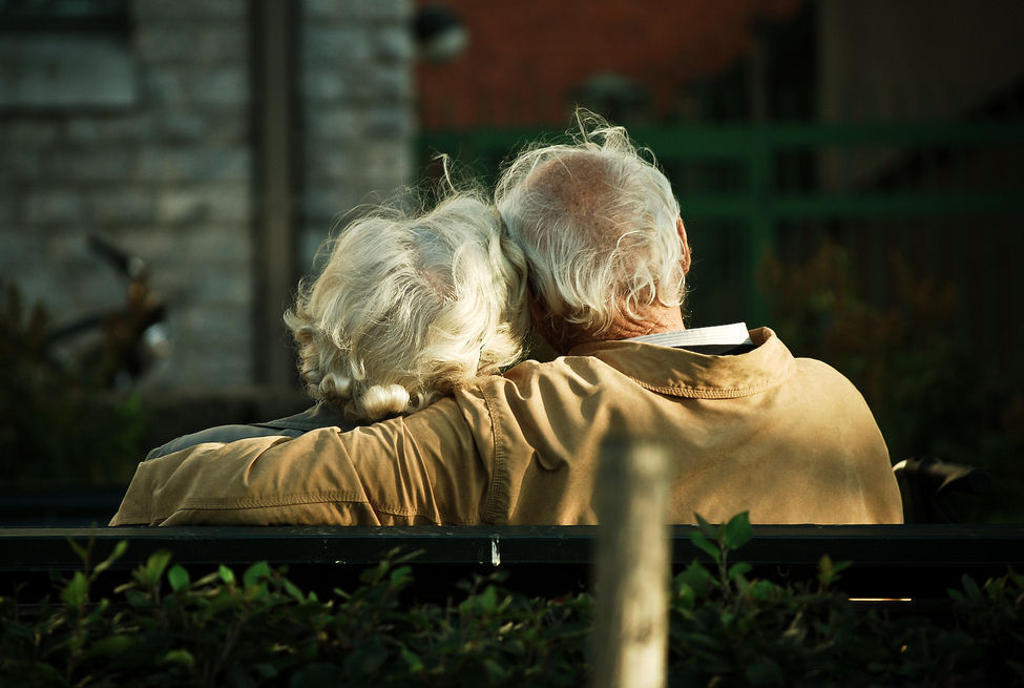Ageing
5. End of life
5.8. Grief
Loss and grief can be several things. It can mean also to lose function, become blind, deaf or losing your ability to walk. People handle this very differently. Some reconciles themselves with the situation, others grieve deeply. This is when we need each other. We must be there for each other.
Grief is a process, but the loss is there forever. Everything that awakes grief makes us human. In the first 6-8 hours, it is important to talk to others. Every person has their own way of grieving, depending on their contact with their own feelings, their personality, how much they loved the person and the way they are meet.
Attending the funeral and seeing the dead body in the coffin makes you more likely to perceive the fact that the one you love is actually dead and away from your daily life.
Some people get complicated grief reactions. They enter into a pattern that makes everyday life difficult. Grief is nurtured instead of processing it and moving on.
Death is often perceived as the ultimate loss and the only certainty within life itself. It is important to ask those who are in grief if they want your company. Others not so close to the grieving person should not disappear but contact them after a while. It can be difficult to talk about it, but it is important. We may provide practical tasks, such as making a dinner or a cake.
For some people with ID, death and dying may be difficult concepts to understand, and this often leads to unaffordable grief. Sometimes families, friends or professionals simply do not know what to say at this sensitive time. Some may not know how to hold difficult conversations when words alone are not enough. Some people are also afraid of how the person might react in their quest to understand and express their pain and sadness.

Most people with ID need support to cope with grief and death, just like us. Grief responses are sometimes delayed or are expressed in unconventional ways; they may not be recognised as a grief reaction (but could, for example, be described as ‘challenging behaviour’). The pain of grief can be hidden.
Even if the support associated with loss and death seems very complex, people with ID can indeed teach us much about death and dying. However, we often lack the direction to help them go through the process, be open and willing to share these experiences and this knowledge with others.
Sometimes people with ID are ‘forgotten’ or ‘protected’ when someone they know is seriously ill or going to die. In this video Gary Butler tells us how we should behave and how to tell bad news to people with ID (6)
ACTIVITIES:
For people with ID a grieving process is sometimes difficult to understand and recognise in their own or others’ lives. In this animated video, the grieving process is presented in an easy-to-understand way. It may be useful to watch it together and discuss afterwards. In several countries there is accessible literature about this topic. Try to find out which booklets are available in your country (7).